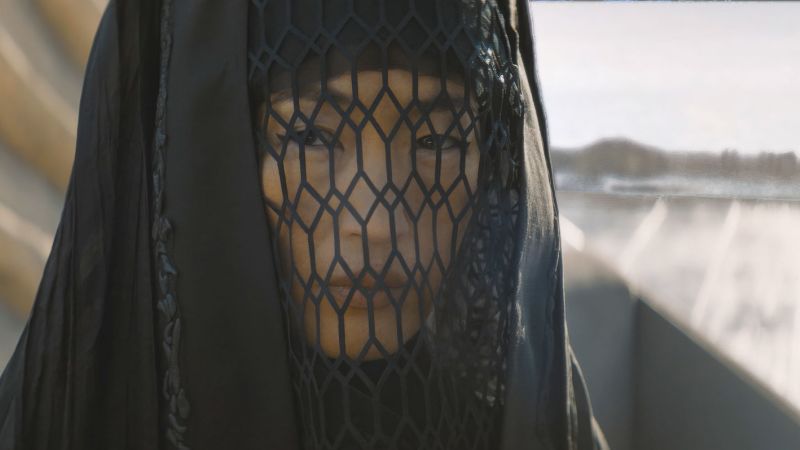The universe of “Dune,” originally crafted by the visionary Frank Herbert, is set to expand even further with a new six-part prequel series titled “Dune: Prophecy.” This upcoming series will premiere on Sunday on the streaming platform Max. Building on the foundation established by Denis Villeneuve’s recent film adaptations, which starred actor Timothée Chalamet as Paul Atreides, “Dune: Prophecy” promises to take viewers on an exhilarating journey away from the famed Spice-laden deserts of the planet Arrakis.
Executive producer Alison Schapker has revealed that “Prophecy” will not only transport audiences to entirely different environments but also dive into various historical periods. Schapker, noted for her work on acclaimed series like “Westworld,” “Lost,” and “Alias,” emphasizes the importance of remaining faithful to the original material while also expanding the lore. She stated that the “Dune” universe holds significant meaning for its audience, and her aim was to respect that connection as the story unfolds.
The creative team behind “Dune: Prophecy” enjoyed the freedom to develop these new cosmic settings, while still adhering to the high aesthetic standards set by Villeneuve’s films. Schapker expressed the desire for the series to seamlessly coexist within the beautiful visual world that Villeneuve has brought to life on screen. The narrative of “Prophecy” occurs 10,000 years before the dramatic events illustrated in the “Dune: Part 1” and “Dune: Part 2,” which are based on Herbert’s iconic 1965 novel. The series aims to illuminate the origins of the formidable Bene Gesserit, a clandestine society of women adept in utilizing their mental and physical capabilities.
Drawing inspiration from the “Schools of Dune” book trilogy authored by Kevin J. Anderson and Brian Herbert, the series introduces characters Valya and Tula Harkonnen. These sisters are depicted as they confront various antagonistic forces threatening humanity’s future while establishing the legendary sect destined to become known as the Bene Gesserit. The characters’ journey unfolds across multiple worlds, including Salusa Secundus, which is identified as a prison planet in Villeneuve’s films but will be presented as an imperial planet in the new series.
In addition to Salusa Secundus, viewers will encounter Wallach IX, which serves as the institutional base for Valya and Tula’s sisterhood. The series also explores Lankiveil, a hostile and ice-covered planet where the Harkonnens faced exile during this historical period. While the production team aimed to depict these environments as “real and gritty and epic,” they also emphasized the need to root the vast narrative and intricate lore in relatable characters. This approach ensures that newcomers to the “Dune” franchise can engage with the storyline effortlessly, even if they have not yet encountered the original books or films.
Schapker mentioned that finding this balance was a deliberate challenge for her team, aiming to create a series that could be enjoyed by both loyal fans and new viewers. Notably, “Dune: Prophecy” targets a more mature audience, offering content that includes intimate scenes without crossing the line into excess. This opportunity to explore adult themes was particularly gratifying for Schapker, as she felt it allowed the characters to be portrayed as three-dimensional figures, embracing their humanity and sexuality.
The term “spicier” in this context should not be misconstrued with the much-argued after substance at the center of the “Dune” narrative. As the countdown to the premiere continues, anticipation grows for what “Dune: Prophecy” will bring to the franchise. The first episode will debut Sunday on Max, expanding upon a beloved universe that continues to resonate with audiences worldwide. With Max and HBO under the umbrella of Warner Bros. Discovery—similarly to CNN—it is evident that the world of “Dune” is poised for a thrilling new chapter.



